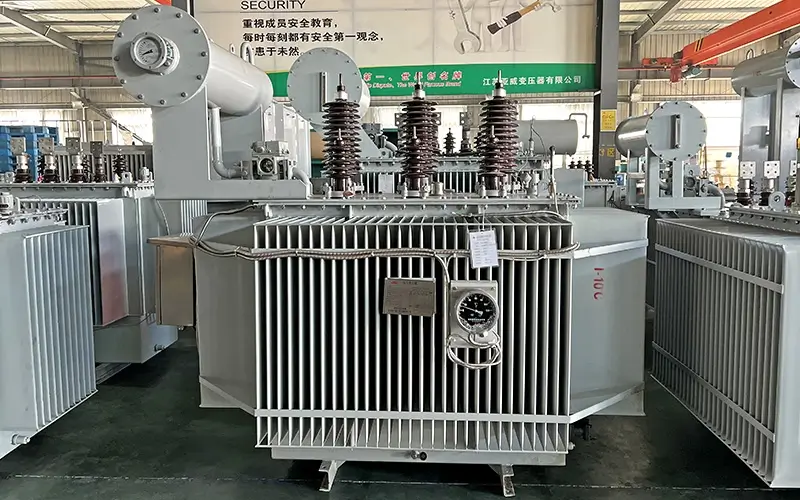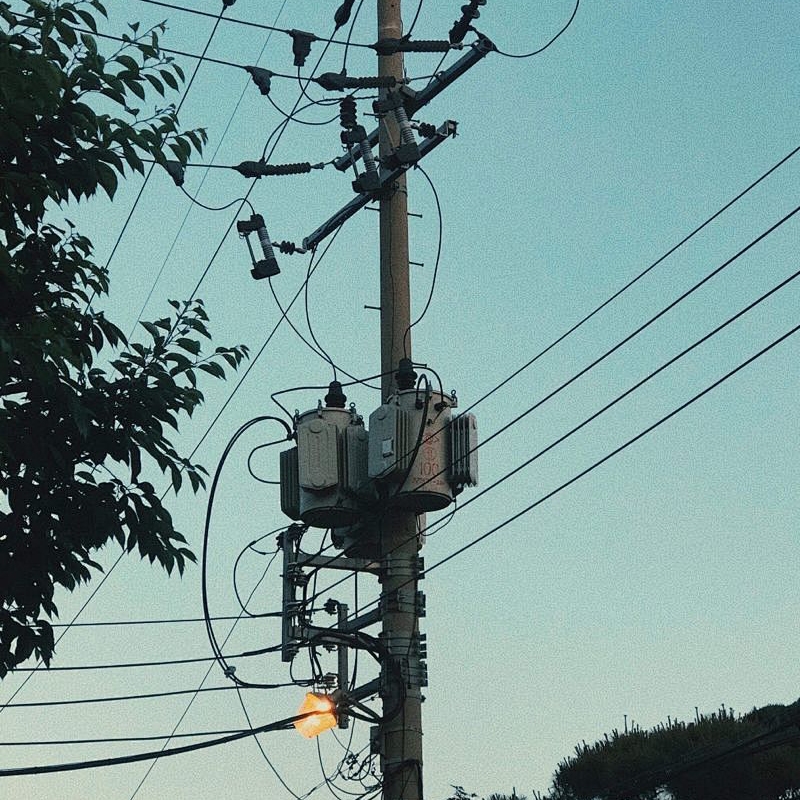What are the effects of transformer capacitive load?
Impact of Capacitive Load on Transformer
In power systems, transformers are a key device used to convert electrical energy from one voltage level to another. However, when transformers are subjected to capacitive loads, their performance and efficiency may be affected. This article will explore the impact of capacitive loads on transformers and possible solutions.
1. Reactive power problem
Capacitive loads cause transformers to generate a large amount of reactive power. Reactive power refers to the part of the AC circuit where there is a phase difference between the current and voltage but no actual energy is consumed. When a capacitive load is connected to a transformer, the current lags behind the voltage, generating reactive power. This results in a reduction in the capacity utilization of the transformer, which in turn affects the efficiency of the entire power system.
2. Harmonic problem
Capacitive loads may also cause harmonic problems. Harmonics refer to periodic fluctuations in voltage or current whose frequency is an integer multiple of the fundamental frequency. Capacitive loads generate higher-order harmonics, which cause additional losses in the transformer and reduce the efficiency of the transformer. In addition, harmonics may also interfere with other electrical equipment and affect the stable operation of the system.
3. Overload problem
In some cases, capacitive loads may cause transformer overload. When the current of the capacitive load is too large, the transformer winding may be affected by overheating, thereby reducing its service life. In order to ensure the safe operation of the transformer, it is necessary to limit the current it can withstand.
4. Solution
The following measures can be taken to address the impact of capacitive loads on transformers:
(1) Increase the capacity of the transformer: By selecting a transformer with sufficient capacity, it can be ensured that it can still operate normally when bearing capacitive loads.
(2) Install reactive power compensation devices: Reactive power compensation devices can absorb or emit reactive power, thereby reducing the reactive power generated by the transformer. Common reactive power compensation devices include static VAR generators (SVGs) and dynamic VAR compensators (DVRs).
(3) Use filters: Filters can eliminate or reduce the impact of harmonics on transformers. Common filters include passive filters and active filters.
(4) Optimize the grid structure: By adjusting the structure of the grid, the impact of capacitive loads on transformers can be reduced. For example, multiple small-capacity transformers can be replaced with a large-capacity transformer to reduce the generation of reactive power.





